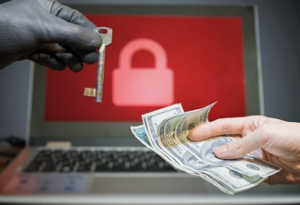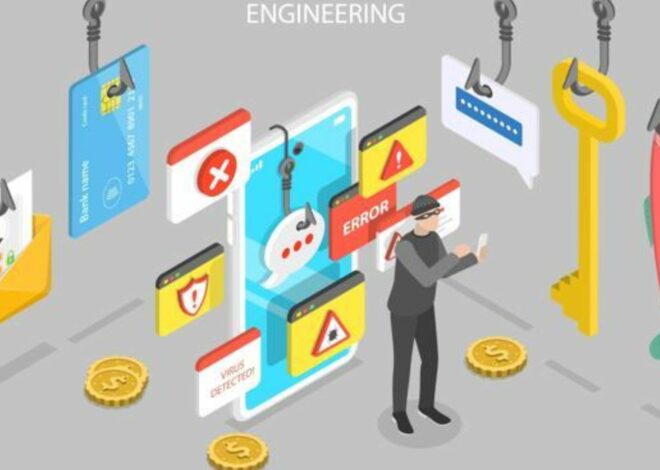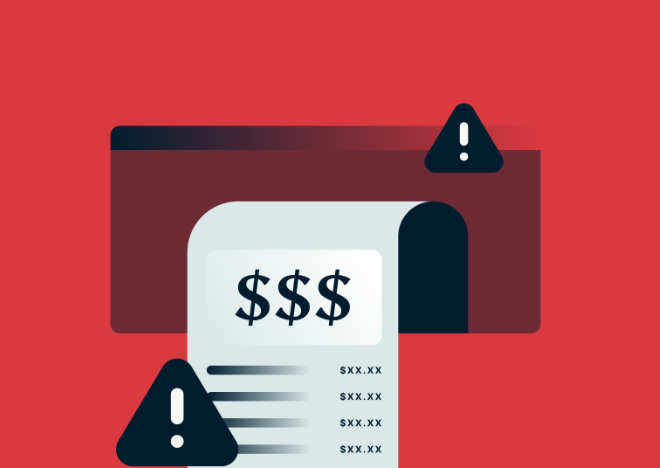
Ransomware Payment Dilemma: To Pay or Not to Pay?
In the digital landscape where zeroes and ones collide, a chilling ultimatum looms: to pay or not to pay? The ransomware payment dilemma casts a shadow over individuals and organizations alike, forcing them to navigate uncharted territory fraught with moral, financial, and security considerations. As the digital abyss deepens, the question lingers: Should one yield to cybercriminal demands and unlock the digital chains, or resist and face the consequences? Join us as we journey through this heart-racing choice that plagues the digital realm.

Ransomware’s Grasp: When Data Becomes Hostage
Held Hostage by Encryption
Picture a world where your precious data—the lifeblood of digital existence—is suddenly held captive by the insidious grasp of ransomware. Files are locked, systems are compromised, and a virtual hostage situation ensues. In this perilous scenario, victims are presented with a choice that tests their resolve and principles: pay a hefty ransom in hopes of regaining access to vital information or take a defiant stand against cyber criminals.
The Emotional Toll
The psychological toll of the ransomware payment dilemma is profound. Organizations grapple with the fear of reputational damage, loss of client trust, and potential legal consequences. Individuals face the anguish of lost memories, compromised personal information, and the haunting question of whether paying the ransom will lead to resolution or further entrapment.
To Pay: Succumbing to Digital Extortion?
Flickers of Hope and Desperation
When faced with the ransomware’s chilling demand, victims experience a mixture of emotions. Hope flickers amidst the desperation to regain control over their digital lives. The time-sensitive nature of ransom deadlines adds an element of urgency to the decision-making process, leaving little room for contemplation.
Financial Considerations
From a financial standpoint, paying the ransom may seem like a calculated choice when compared to the potential losses from business disruptions or reputational harm. However, it’s important to recognize that caving to the demands of cybercriminals fuels their lucrative enterprise, perpetuating the cycle of digital extortion.
Not to Pay: Taking a Stand Against Cybercrime
Ethical and Moral Quandaries
Choosing not to pay the ransom is a stand against cybercrime, asserting that one refuses to succumb to extortion. This decision carries ethical and moral implications, signalling that some principles are worth safeguarding even at the cost of data loss. Yet, it’s essential to acknowledge that such a stance could lead to irreplaceable data being lost forever.
Weighing Losses and Gains
While not paying the ransom aligns with the principles of resistance, it also necessitates evaluating the potential consequences. Organizations must assess the ripple effects of prolonged downtime, compromised operations, and loss of client trust. Individuals must grapple with the possibility of permanent data loss, erasing cherished memories and critical information.
Law Enforcement and Dilemmas of Compliance
Legal Perspectives and Dilemmas
The ransomware payment dilemma intersects with legal quandaries. Governments and law enforcement agencies discourage paying ransoms, aiming to starve cybercriminals of funds. However, for victims, the legal and moral dilemma intensifies as they weigh the potential repercussions of non-compliance.
Facing Uncharted Waters
As organizations wrestle with the legalities, compliance, and ethical considerations, they venture into uncharted waters. The uncertainty surrounding the outcome of standing firm or paying the ransom mirrors the unpredictability of the digital realm itself.
Security Risks and the Ripple Effect
Fuelling the Fire of Cybercrime
Paying the ransom fuels the thriving industry of cybercrime, emboldening attackers to target more victims. Cybercriminals may perceive compliance as a sign of vulnerability, leading to repeated attacks or a growing demand for higher ransoms. Thus, the decision to pay carries not only short-term relief but long-term risks.
The Unpredictable Aftermath
Even if the ransom is paid, there’s no guarantee that the attackers will uphold their end of the bargain. Victims may receive decryption keys that fail to unlock their data or, worse, fall victim to subsequent attacks from the same perpetrators. The ripple effect of paying the ransom extends far beyond the immediate transaction.
Conclusion
In the realm where the digital and ethical converge, the ransomware payment dilemma forces individuals and organizations into a labyrinthine journey. The choice to pay or not to pay reflects a complex interplay of principles, financial calculations, and potential consequences. As we navigate the digital realm’s dark corners, the path chosen shapes not only individual outcomes but the collective landscape of cybercrime as a whole. In the end, the ransomware payment dilemma underscores the weighty responsibility of confronting cyber threats with wisdom, resilience, and the preservation of digital integrity.


